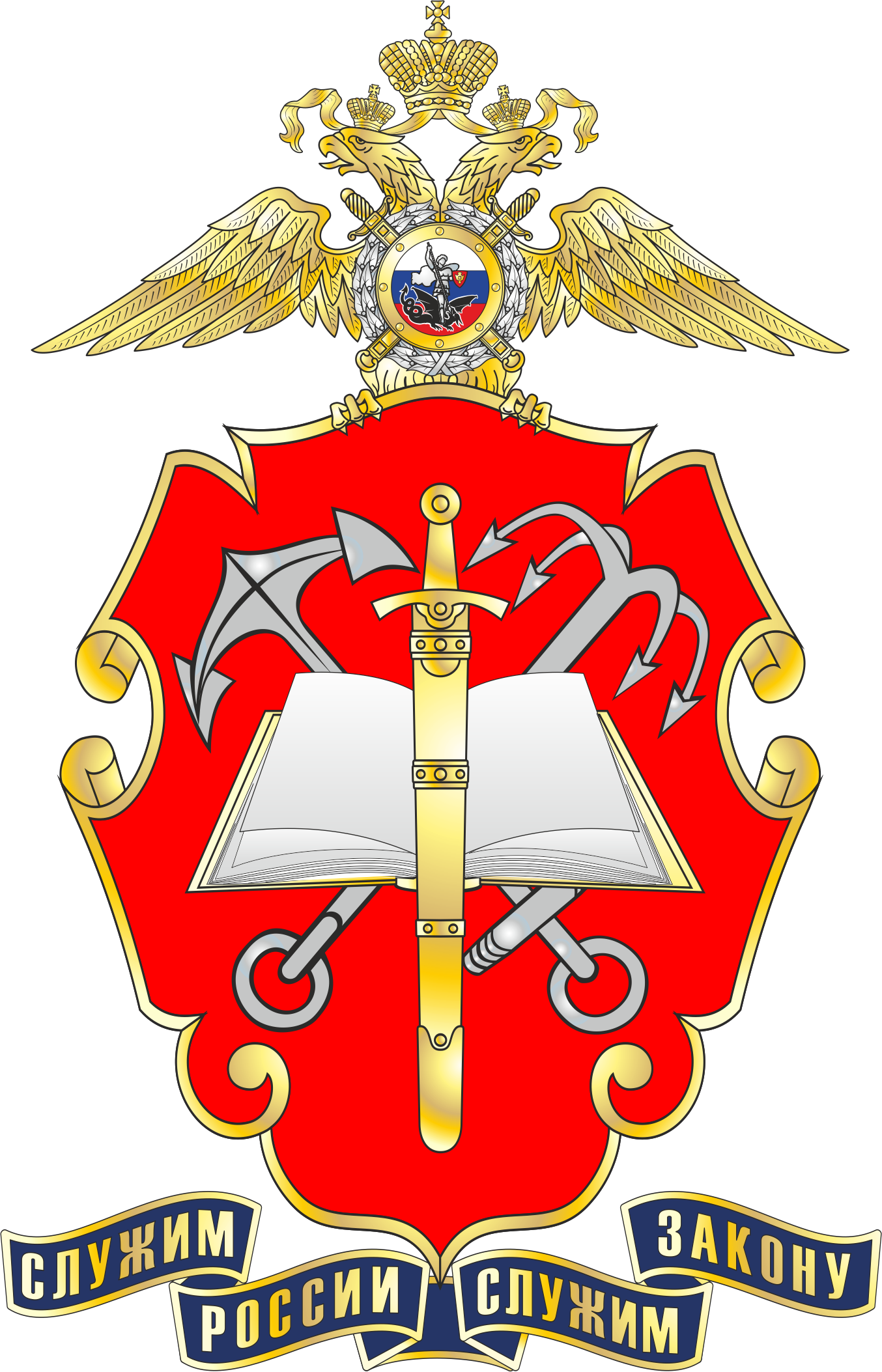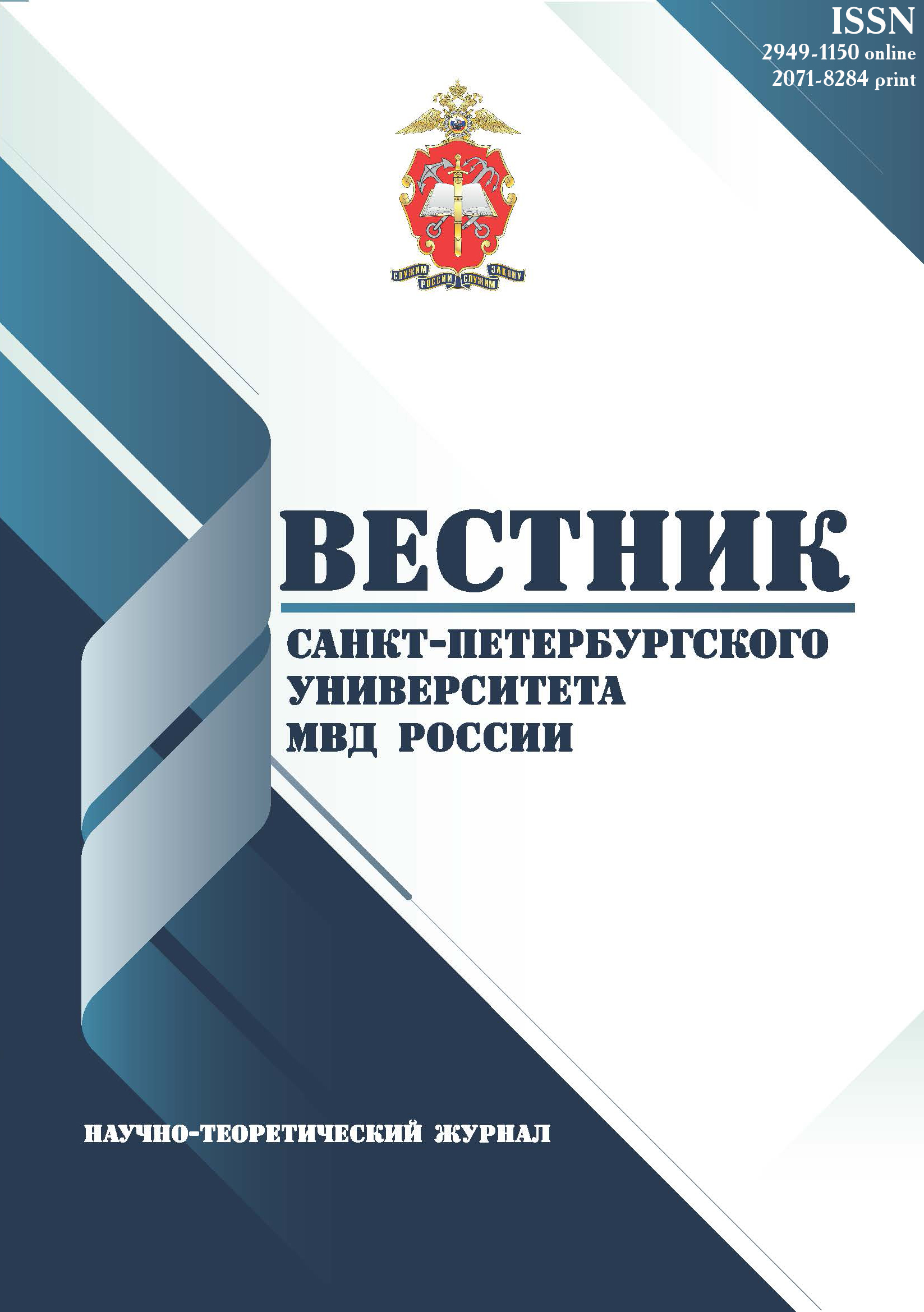National Research Lobachevsky State University of Nizhny Novgorod
Nizhniy Novgorod, Nizhny Novgorod, Russian Federation
UDC 343.98
Introduction. The article continues the research on revealing the ‘black boxes’ that are modelled in the course of the methodological study of the ‘mechanism of proving criminal activity’. The author puts forward and tests hypotheses concerning the representation of the functional system ‘proving criminal activity’ through its models, and their elements – as ‘inputs’ and ‘outputs’ in the ‘black box’. The author believes that setting regular relations between the structural elements of the models of the mechanism of proving, as well as between ‘inputs’ and ‘outputs’ will allow to understand the examined functional system. Methods. The purpose and tasks of the research, as well as the hypotheses, determined the research programme. The process of their verification was accompanied by the application of dualistic and mechanistic methods, systemactivity approach, methods of functional systems and ‘black box’, structuralfunctional approach, as well as analysis and synthesis, abstraction and concretisation, modelling, forecasting and others. Results. The author has established that the actual activity of proving is a complexfunctional system and it is beyond comprehension. Modelling of this activity makes it possible to present it in a simplified and accessible form, therefore, to talk about its mechanism. The study proved that models help to visualise the structure of the evidence mechanism, as well as reality itself, due to their isomorphism. Furthermore, the study confirmed that the ‘black box’ method allows ones to move sequentially from an incomprehensible functional system to models and then to the mechanism, and that the system-forming elements of the functional system act as ‘inputs’ and ‘outputs’ of the ‘black box’. We found it is precisely the influence on the ‘inputs’ and the observation of changes in the ‘outputs’ that makes it possible to establish pattern relationships in the ‘black box’ and to make the model and reality clear.
mechanism of proof, activity of proving, criminal activity, functional system, “black box”, “inputs” and “outputs”, modeling, evidentiary system
1. Afanas'ev A. Yu. Mehanizm ugolovno-processual'nogo dokazyvaniya: osobennosti funkcionirovaniya na dosudebnom proizvodstve // Nauka. Mysl': elektronnyy periodicheskiy zhurnal. 2015. T. 5, № 2. S. 47–52. URL: https://www.elibrary.ru/download/elibrary_24245054_33816659.pdf.
2. Koldin V. Ya. Urovni ugolovno-processual'nogo dokazyvaniya // Sovetskoe gosudarstvo i pravo. 1974. № 11. S. 86–91.
3. Kruglov I. V., Lubin A. F. Istochniki dokazatel'stv i urovni dokazyvaniya / Sovremennye problemy ugolovnogo processa Rossii : sbornik nauchnyh statey / pod red V. T. Tomina, A. F. Lubina. Nizhniy Novgorod: Nizhegorodskiy yuridicheskiy institut MVD Rossii, 1999. S. 39–55.
4. Schedrovickiy G. P. Myshlenie – Ponimanie – Refleksiya. Moskva : Nasledie MMK, 2005. 800 s.
5. Yudin E. G. Metodologiya nauki. Sistemnost'. Deyatel'nost'. Moskva : Editorial URSS, 1997. 444 s.
6. Principy sistemnoy organizacii funkciy : [sbornik statey] / otv. red. akad. P. K. Anohin. Moskva : Nauka, 1973. S. 5–61.
7. Anohin P. K. Izbrannye trudy : Filosofskie aspekty teorii funkcional'noy sistemy / otv. red. F. V. Konstantinov, B. F. Lomov, V. B. Shvyrkov. Moskva : Nauka, 1978. 399 s.
8. Bogdanov A. A. Tektologiya : Vseobschaya organizacionnaya nauka : v 2 kn. / redkol. L. I. Abalkin (otv. red.) [i dr.]. Moskva : Ekonomika, 1989. Kn. 1. 303 s.
9. Eshbi U. R. Vvedenie v kibernetiku / per. s angl. D. G. Lahuti ; pod red. V. A. Uspenskogo ; s predisl. A. N. Kolmogorova. Moskva : Izdatel'stvo inostrannoy literatury, 1959. 432 s.
10. Amosov N. M. Iskusstvennyy razum. Kiev : Naukova dumka, 1969. 155 s.
11. Koldin V. Ya. Kriminalistika: teoreticheskaya nauka ili prikladnaya metodologiya? // Vestnik Moskovskogo universiteta. Seriya 11: Pravo. 2000. № 4. S. 1–19. URL: http://koldin-msu.ru/wp-content/uploads/2015/03/6Krim-ka-teoreticheskaya-nauka-ili.pdf.
12. Afanas'ev A. Yu. Voshozhdenie k mehanizmu ugolovno-processual'nogo dokazyvaniya // Vestnik Ufimskogo yuridicheskogo instituta MVD Rossii. 2019. № 4 (86). S. 72–81.
13. Afanas'ev A. Yu. Vvedenie v ugolovno-processual'nuyu nauku : monografiya. Moskva : Prospekt, 2021. 144 s.
14. Afanas'ev A. Yu. Atributy kriminalistiki // Yuridicheskaya nauka i praktika: Vestnik Nizhegorodskoy akademii MVD Rossii. 2021. № 1 (53). S. 86–93. https://doi.org/10.36511/2078-5356-2021-1-86-93.
15. Afanas'ev A. Yu. Metodologizm vs normativizma v yuridicheskoy nauke // Nauchnyy vestnik Omskoy akademii MVD Rossii. 2022. T. 28, № 3 (86). S. 269–274. https://doi.org/10.24411/1999-625X-2022-386-269-274.
16. Shtoff V. A. Modelirovanie i filosofiya. Moskva : Nauka, 1966. 302 s.
17. Amosov N. M. Modelirovanie slozhnyh sistem. Kiev : Naukova dumka, 1968. 88 s.
18. Uemov A. I. Logicheskie osnovy metoda modelirovaniya : [monografiya]. Moskva : Mysl', 1971. 313 s.
19. Lubin A. F., Gonchan Yu. A., Afanas'ev A. Yu. Bifunkcional'nost' v dosudebnom proizvodstve ugolovnogo processa : monografiya. Moskva : Prospekt, 2023. 238 s.














